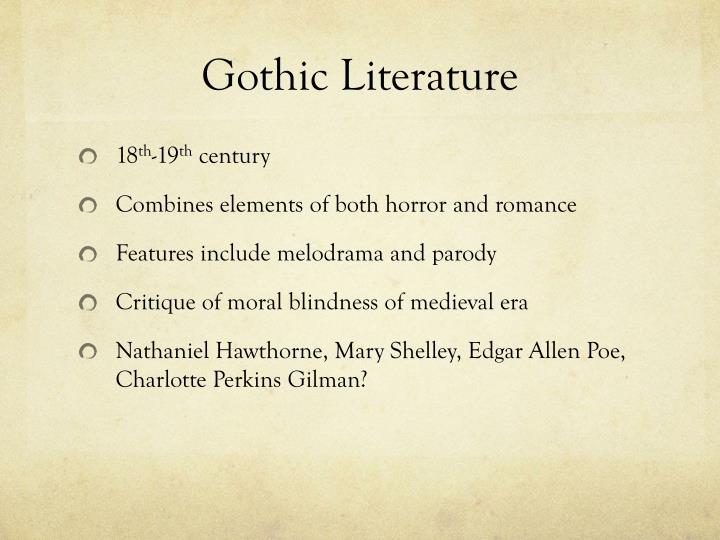

Five medieval portraits of Jagiełło survive, four of which date from the period of his reign in the Polish–Lithuanian state and one was executed posthumously. A Grand Duke of Lithuania from 1377, and from 1386 a king of Poland and lord of Lithuania, which he ruled jointly with his cousin Witold (Vytautas), the son of Kęstutis. Ladislaus II Jagiełło is the founder of the Jagiellonian dynasty that had ruled over Poland and the Grand Duchy of Lithuania (until 1572), Bohemia (1471–1526) and Hungary (1440–1444, 1490–1526). As such, female characters become controlled by male characters who have power due to their authority or social position.Ĭharacters experience psychological struggles that can lead to hallucinations, anxiety, and/or psychosis.Ladislaus II Jagiełło (1386–1434). These characters are so complex that it becomes difficult to determine whether they are good or bad.ĭistressed female characters tend to be characterized as the victims their suffering from being alone or abandoned often becomes the central focus of the plot. Gothic authors often use a hero-villain as the antagonist. While these characters are considered villains, they often blur the line between good and evil.

The anti-villain is the reverse of the anti-hero. These characters were often seen as much more realistic than the typical hero/heroine. These characters drive the plot, but they often lack conventional heroic qualities. The protagonist is often developed as an anti-hero. The characters often experience great emotional distress, madness, or psychosis. Through exaggerated and hyperbolic emotional expressions, authors present their characters in a state of intense fear, anxiety, stress, etc. Authors may present these characters as sympathetic to hide their deceptive nature. Villains often take the form of male characters in some position of power. However, these relationships are often destined for doom and tragedy, highlighting the negative implications of lost love. Many Gothic novels incorporate a romantic relationship between the protagonist and another character. Supernatural elements in Gothic literature Regardless, the supernatural entities/events provide commentary on some aspect of the human condition. Some authors attempted to explain the existence of the supernatural, while others classified it as entirely paranormal. Plots often include supernatural elements like resurrection, spirits/ghosts, vampires, werewolves, etc. These predictions came in the form of curses, nightmares, and/or visions and mostly forecast tragedy. Writers often used omens to foreshadow future events that would disrupt the characters’ lives.

Since most Gothic stories are set in gloomy and foreboding places (old castles, cemeteries, dark forests, etc.) with ominous weather conditions (foggy, thunderstorms, etc.), the characters’ surroundings negatively impact them. The physical location of the setting within Gothic literature mimics or influences characters’ emotions. Gothic literature in English typically contains characteristics like omens, the supernatural, romance, and anti-heroes. Supernatural, dark, and foreboding yet picturesque destroysįocused on the individual and self-expressionįree from the limiting nature of reason and logic blossoming creativity Allows for the mind to wander into the shadowy parts of human nature


 0 kommentar(er)
0 kommentar(er)
